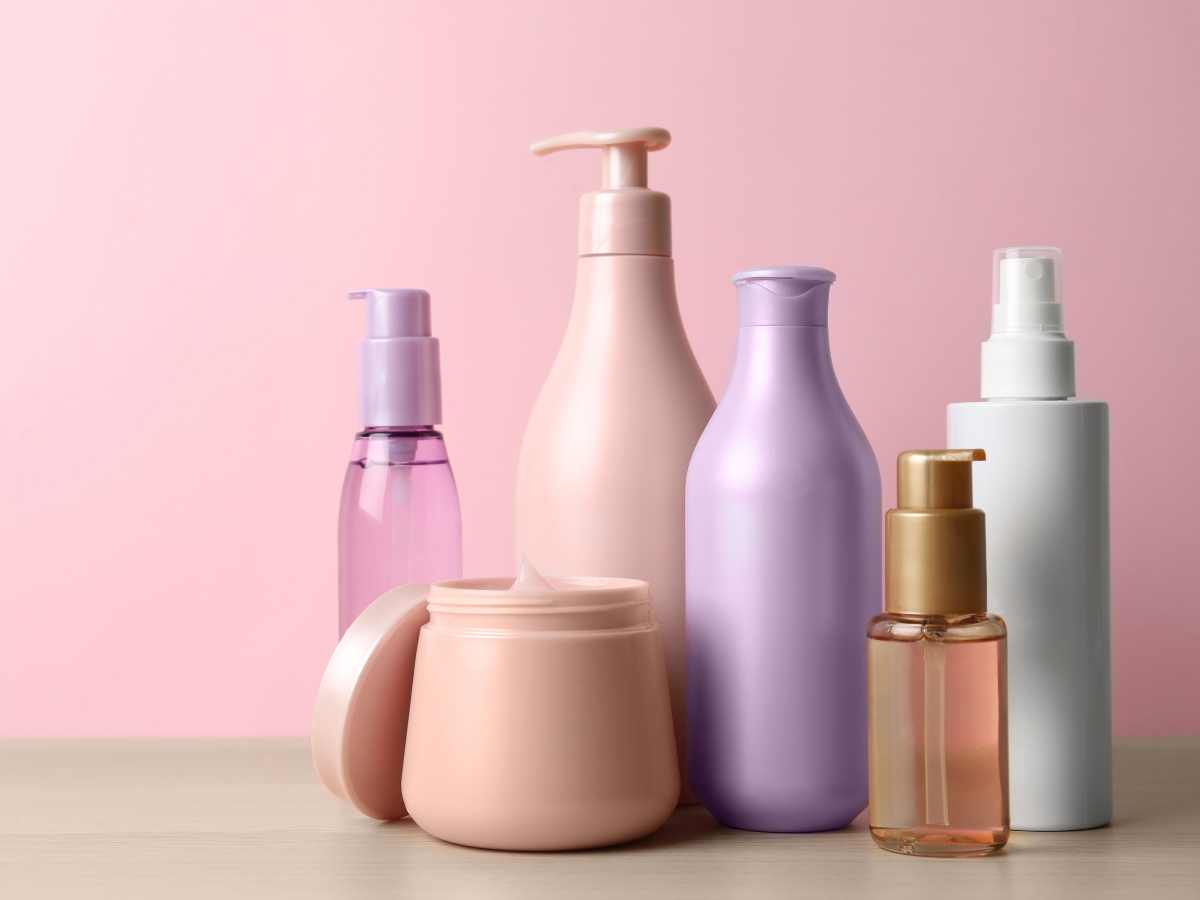Volatile Methyl Siloxanes (cVMS) in cosmetics
Octamethylcyclotetrasiloxane (D4), decamethylcyclopentasiloxane (D5) and dodecamethylcyclohexasiloxane (D6) are considered cyclic volatile methyl siloxanes (cVMS).
CVMS are widely used in the formulation of consumer products, including cosmetics, due to their versatile properties. However, their extensive use has raised environmental concerns, leading to increased scrutiny and regulatory actions.
In 2018, the European Commission adopted Commission Regulation (EU) 2018/35, which restricted the use of D4 and D5 in rinse-off cosmetic products due to their potential environmental impact. These substances, along with D6, were later classified as substances of very high concern (SVHC) by the European Chemicals Agency (ECHA).
Restrictions to D4, D5 and D6
D4 was identified as having persistent, bioaccumulative, and toxic (PBT) properties, while D5 and D6 were also flagged for PBT concerns when they contain 0.1% or more by weight of D4.
In 2019, the European Commission further tightened regulations by amending the Cosmetics Regulation through Commission Regulation (EU) 2019/831, which turned D4 a substance prohibited in cosmetics. Also, D5 concentrations were restricted below 0.1% in rinse-off products, although leave-on products were not initially subject to these limitations.
These restrictions were mirrored in the UK. In the future, limits under the EU regulations will not automatically apply in the UK.
UK REACH
In March 2023, the UK’s Health and Safety Executive (HSE) initiated a call for data to assess whether further restrictions on cyclosiloxanes under UK REACH are necessary.
The recently published Commission Regulation (EU) 2024/1328 extends and complements existing restrictions on cVMS in cosmetic products. While D4 continues to be banned under Annex II of the EU Cosmetics Regulation, new restrictions now limit D5 and D6 concentrations to below 0.1% in both rinse-off and leave-on cosmetic products.
Next steps for cosmetics with D4, D5 and D6
Manufacturers, importers, and distributors of cosmetic products should take note of the following key dates:
- June 6, 2026: Cosmetic products containing D5 and D6 at concentrations equal to or greater than 0.1% must not be placed on the EU market.
- June 6, 2027: These restrictions will apply to leave-on products as well.
As the compliance deadlines approach, companies must ensure their products meet these new standards to avoid market disruptions and potential penalties.
Regulatory & Quality Affairs can be handled fast and easy.
Don’t leave compliance to chance; contact us today.















